Trends and Issues Affecting Asian Missions and The Next American Spirituality
September 30, 2021 by Cup&Cross
Filed under Events, Featured, Missions, Publication
“Three Trends and Three Issues Affecting Asian Missions” and the figures given by David Barrett present a Macedonian Call to 3.7 billion people with some 9% Christians, which is no small issue in global missions today. At the same time, America becoming the third largest mission field in the world is the obvious antipode of missionary need in the Western hemisphere. The parallels in post-modernity are many.

About 20 years ago, a book called “The Next American Spirituality” summarized the culture of today’s American spirituality and its relation to the apostolic church. The main question is, “What would a theology of the church look like that took seriously the fact that North America is now itself a mission field?”
To answer the question, Gallup and Jones examined how America does Biblical spirituality, using the gathered data to analyze its shift and direction. According to their survey, the marks of the next American spirituality were going to be (in short):
- Bull-market church growth
- Self-centered religion of me and thee
- Hunger for experience – any experience
- Search of roots amid the relativism
- Quest for community resulting in self-belongingness and self-realization
In our current context of ministry two decades later, all of the above signs are evident and true. This is due on hand to the constant shift in the cultural paradigm, as well as the obvious shift in the identity and practices of the Christian church in the postmodern context. It almost seems like instead of being the model, the church is following a model, which not only changes the churches identity but interferes with its original evangelistic goal and global mission.
National Church Survey to Reveal State of the American Church in 2021
National church survey reveals important data about the state of the church in America today
The survey has been conducted for the past several years in several hundred congregations from all denominations across the United States. All collected national trends provide information about essential ministry dynamics and characteristics of the local congregation like:
- Church Type & Membership
- Teams & Leaders
- Praise & Worship
- Pastoral/Personal
- Mission & Vision
Subscribe to ChurchInfluence.com weekly newsletter to receive free each published report containing important information about current church trends in America today.
Sample reports from the national State of the Church survey include:
- 5 common church types across the nation
- 3 financial characteristics of the average church in America
- College education take over church leadership
- 4 leading types of pastor’s teams
- The growth of congregational ethnicity
- 6 dimensions of leadership training for small churches (80-120 members)
- Top 3 problems in church growth
- 8 Successful strategies to communicate with your church volunteer teams
- 4 age groups within the make of church membership
- 7 factors that make your congregational ethnos
- 20th century paradigm for church training still used today
- How can you improve worship within a church service
- 5 ways to improve how the community views your church
- 3 successful ways how to really spend half of your time in prayer and meditation
Though, the majority of participants were among Western North American Pentecostal/Charismatic congregations, the National State of the Church Survey brings results of the state of the church much similar to the ones presented by the Pew Forum, Barna Research Group and Gallup. While the said researchers present a more holistic to the Christian body information, the National State of the Church Survey brings a special focus of statistical data on Pentecostal/Charismatic congregations, their structure, leadership and praxis.
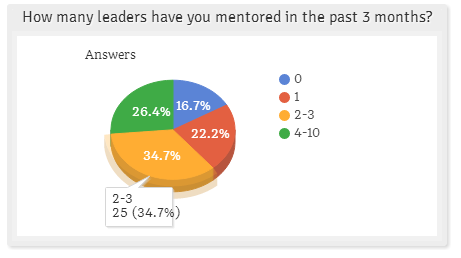
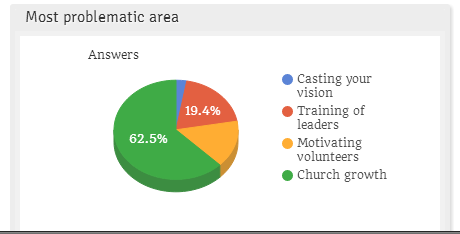
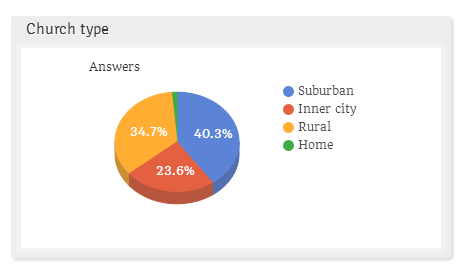

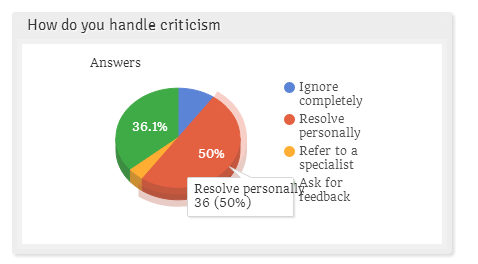

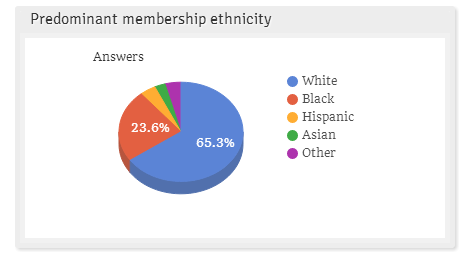


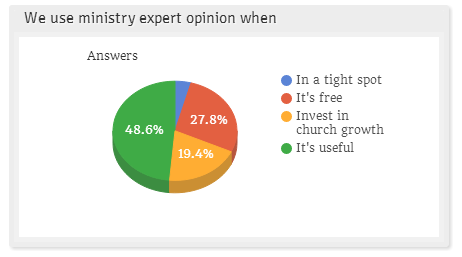


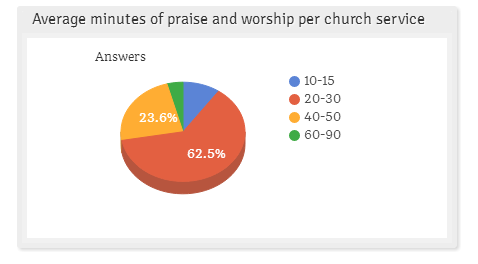




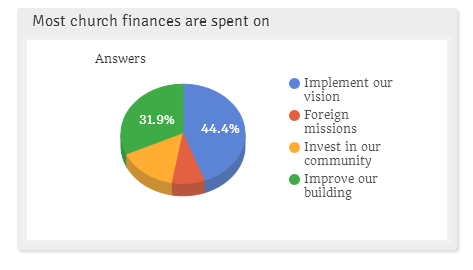
Trends and Issues Affecting the Next American Spirituality
 Three Trends and Three Issues Affecting Asian Missions” by David Barrett bring focus on obvious antipode of missionary need in the Western hemisphere today. The Macedonian Call to 3.7 billion Asian people with some 9% Christians is no small issue in global missions. At the same time, America becoming the 3rd largest mission field in the world is the obvious missions gap in the Western hemisphere. The parallels in post-modernity are many.
Three Trends and Three Issues Affecting Asian Missions” by David Barrett bring focus on obvious antipode of missionary need in the Western hemisphere today. The Macedonian Call to 3.7 billion Asian people with some 9% Christians is no small issue in global missions. At the same time, America becoming the 3rd largest mission field in the world is the obvious missions gap in the Western hemisphere. The parallels in post-modernity are many.
About 20 years ago, a book called “The Next American Spirituality” summarized the culture of today’s American spirituality and its relation to the apostolic church. The main question is, “What would a theology of the church look like that took seriously the fact that North America is now itself a mission field?”
To answer the question, Gallup and Jones examined how America does Biblical spirituality, using the gathered data to analyze its shift and direction. According to their survey, the marks of the next American spirituality were going to be (in short):
1. Bull-market church growth
2. Self-centered religion of me and thee
3. Hunger for experience – any experience
4. Search of roots amid the relativism
5. Quest for community resulting in self-belongingness and self-realization
In our current context of ministry two decades later, all of the above signs are evident and true. This is due on hand to the constant shift in the cultural paradigm, as well as the obvious shift in the identity and practices of the Christian church in the postmodern context. It almost seems like instead of being the model, the church is following a model, which not only changes the churches identity but interferes with its original evangelistic goal and global mission.
The Next American Spirituality
 Gallup and Jones examine a 24 hour observation of how America does Biblical spirituality, using the gathered data to analyze its shift and direction. According to their survey, the marks of the next American spirituality are:
Gallup and Jones examine a 24 hour observation of how America does Biblical spirituality, using the gathered data to analyze its shift and direction. According to their survey, the marks of the next American spirituality are:
1. Bull-market spirituality
2. Religion of me and thee
3. Hunger for experience
4. Search of roots amid the relativism
5. Quest for community
In my present context of ministry all of the above signs are evident to extend. This is due on hand to the constant shift in the cultural paradigm, as well as the obvious shift in the identity and practices of the Christian church in the postmodern context. In same aspects, it almost seems like instead of being the model, the church is following a model, which not only changes the churches identity but interferes with its original evangelistic goal and global mission. It is also true that in some of the cases, where the church is expected to give answer to a dilemma or an issue it searches for the answer from the surrounding culture, economy and practices, thus underestimating its own spiritual abilities, gifts and resources.
Bull-market spirituality
a. Source: Rapid development of 20th century economy and its direct implication in the present consumerism culture.
b. Positive results on the church: The church observes and implements market management to improve its existence as a serving community.
c. Negative results on the church: Church members, expect to only receive from the church without giving to the church. The church focuses more on its management than on its mission.
d. Effect on the secular community: Occasional visitors and secular observers expect even better service from the church, using its inability to satisfy their caprices as an excuse for a personal lifestyle.
e. Effect on the discipleship process: Since the church has become a market for one’s spirituality traditional discipleship is hindering the model since it brings definite requirements and commitments.
Religion of me and thee
a. Source: Consumerism culture has enviably led to a self-centered society where everything must occur in subjection to the self.
b. Positive results on the church: The church focuses on its internal dilemmas and problems, investing in their solutions through further development and growth.
c. Negative results on the church: The church operates on insufficient time when the care for the community “outside the gate” is concerned, thus becoming a self-centered, centralized community.
d. Effect on the secular community: Naturally the existence of the community is distanced from the mission of the church.
e. Effect on the discipleship process: The discipleship process struggles to exist in such church context, since by its very nature it is a self-development process that purposes to enrich the community more than the self.
Hunger for experience
a. Source: Postmodernism denies all modern developments and discoveries as existentially important claiming the need for a newer, fresher and more powerful experience.
b. Positive results on the church: The church has an opportunity to become a beacon to the community and to offer the true existential experience – Biblical salvation.
c. Negative results on the church: Because there is a lack of understanding that the Pentecostal experience is what the postmodern world is looking for, the church misses the opportunity to fulfill its role.
d. Effect on the secular community: The secular community has an opportunity to equalize its search with the Christian experience.
e. Effect on the discipleship process: There is a definite search for experience; however, it is not rooted in theology.
Search of roots amid the relativism
a. Source: Rapid development of 20th century modernism has led to a postmodern questioning and search for newer experience and identity.
b. Positive results on the church: The church has an opportunity to present its spiritual roots and heritage as an identity source for the searching.
c. Negative results on the church: The church is unable to offer its spiritual roots and heritage since it has neither lost them nor has lost its ability to manifest them. Thus, roots are claimed but not practiced.
d. Effect on the secular community: The secular community struggles with the dilemma of obtaining spirituality and identity without understating its roots and history.
e. Effect on the discipleship process: The discipleship process is effective only when rooted in the spiritual heritage of the Christian church.
Quest for community
a. Source: The postmodern questioning of values and loss of identity results in a search for belonginess.
b. Positive results on the church: Naturally, the church can offer community to the ones in search for belonginess.
c. Negative results on the church: The church is unable to offer community, since it has lost its since and structure of being a Biblical community.
d. Effect on the secular community: The secular community can become part of the ecclesial community thus obtaining its identity and values.
e. Effect on the discipleship process: Discipleship reaches its ultimate results.







